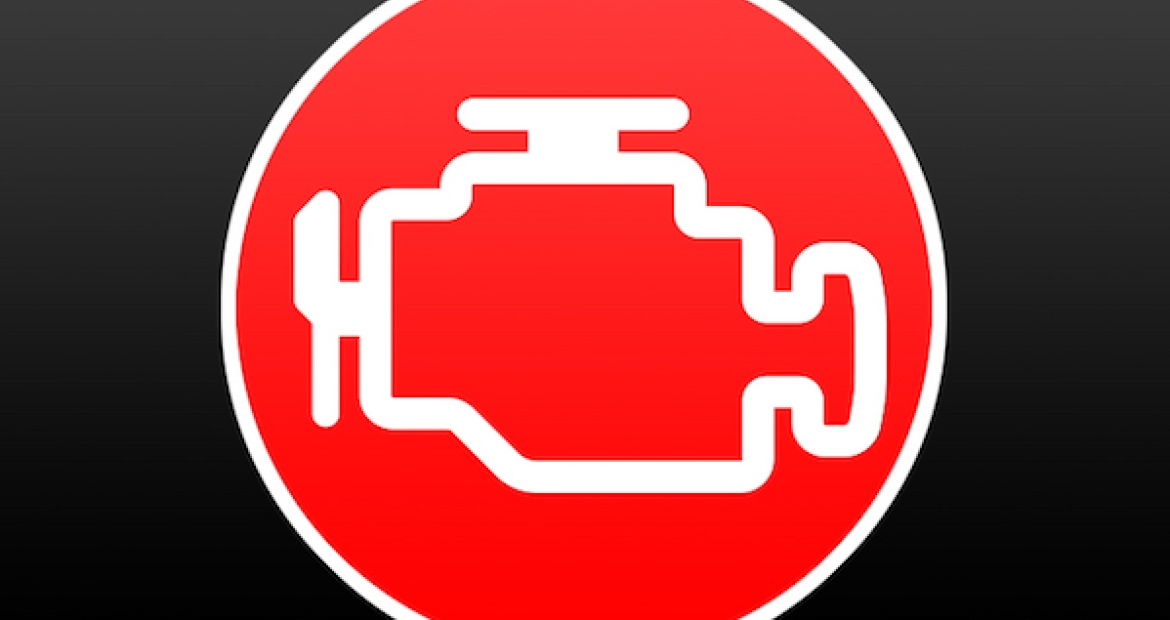Just How Serious is that Dash Light?
By Cummins Inc., Global Power Technology Leader

You’re driving down the road or operating on the job site. Suddenly, a lamp flashes on your dash. No matter what color or shape it may be, that little indicator light is something that should be taken seriously. But just how serious is it? Is it time to shut down or can you keep going?
To help you, Cummins created Connected Diagnostics™, an innovative bridge from your engine to Cummins experts. If something goes wrong, your Cummins engine instantly sends critical data to Cummins, where the system will review the error, evaluate your engine’s performance and recommend the best course of action. It’s the edge you need to spend less time in the shop and more time on the job.
How Connected Diagnostics Works
Cummins Connected Diagnostics works in concert with telematics providers to identify and diagnose issues and recommend repairs for your Cummins engine.
Your engine will send a detailed message through its telematics connection the moment it detects a fault. Our unique Connected Diagnostics system instantly analyzes that data to determine the cause and generate recommendations for continued vehicle operation and service needs.
Then, the system sends a report with actionable data to your fleet management team – or directly to the operator – via fleet software, data integration or email. You’ll quickly have all the data you need to make smart service decisions, including recommended actions, prioritized fault codes, the suspected root cause, projected derate timeline and a link to our service locator to find the nearest Cummins-certified repair shop.
How Connected Diagnostics Benefits You
If you have a Cummins engine, you already have one of the world’s most dependable engines. Connected Diagnostics protects you with an added level of support to keep your machine operating at peak efficiency.
Connected Diagnostics eliminates the uncertainty of dashboard lamps, giving you the power to make the best decisions for the life of your Cummins engine.
Author Profiles

Cummins Inc., Global Power Technology Leader
Cummins Inc., a global power leader, is committed to powering a more prosperous world. Since 1919, we have delivered innovative solutions that move people, goods and economies forward. Our five business segments—Engine, Components, Distribution, Power Systems and Accelera™ by Cummins—offer a broad portfolio, including advanced diesel, alternative fuel, electric and hybrid powertrains; integrated power generation systems; critical components such as aftertreatment, turbochargers, fuel systems, controls, transmissions, axles and brakes; and zero-emissions technologies like battery and electric powertrain systems and electrolyzers. With a global footprint, deep technical expertise and an extensive service network, we deliver dependable, cutting-edge solutions tailored to our customers’ needs, supporting them through the energy transition with our Destination Zero strategy. We create value for customers, investors and employees and strengthen communities through our corporate responsibility pillars: education, equality of opportunity and environment. Headquartered in Columbus, Indiana, Cummins employs approximately 70,000 people worldwide and earned $3.9 billion on $34.1 billion in sales in 2024.
Related Tags